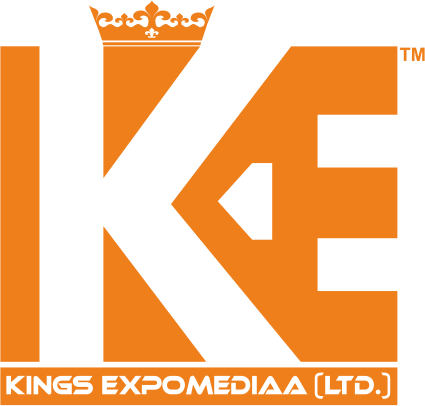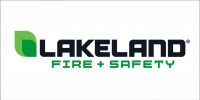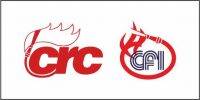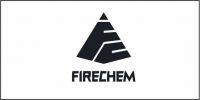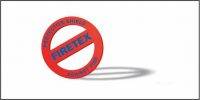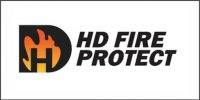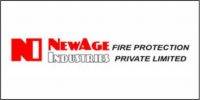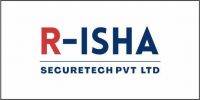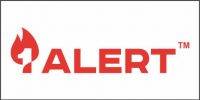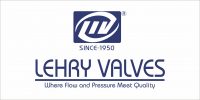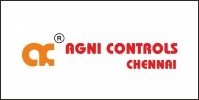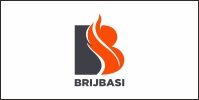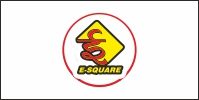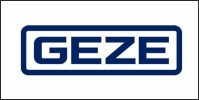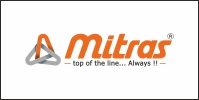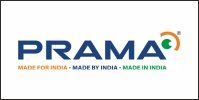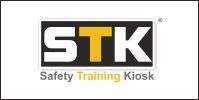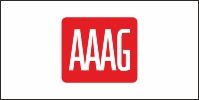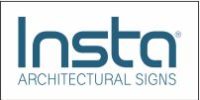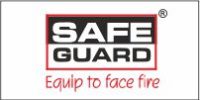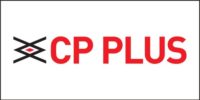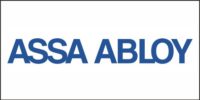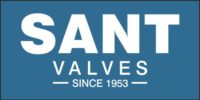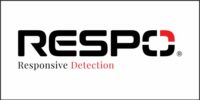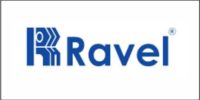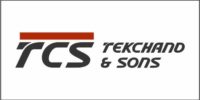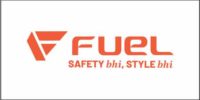 Within the past decade, fall prevention violations are No. 1 on OSHA’s list of most-violated construction standards, and they often result in tragic outcomes for workers and cost businesses a substantial amount of money and damage to their reputations.
Within the past decade, fall prevention violations are No. 1 on OSHA’s list of most-violated construction standards, and they often result in tragic outcomes for workers and cost businesses a substantial amount of money and damage to their reputations.
It is fair to say that the indoor industrial work environment – including factories, warehouses and manufacturing plants – also can harbor fall hazards. Such settings create numerous opportunities for tripping, slipping and falling, thanks to greasy floors, damaged steps, clutter and uneven walking surfaces.
Here are five tips to help establish effective fall safety in the manufacturing industry.
- Good Housekeeping Practices
Establishing good housekeeping habits is crucial to the safety of your employees. Poor housekeeping practices generate a higher chance of injuries and increase insurance costs and regulatory citations, which ultimately will lead to bad brand image and publicity.
At a glance, you easily can decide whether your workers are properly following housekeeping guidelines or not. For instance, you might notice the poor condition of their work tools; spot electrical cords lying in the aisles and blocking foot traffic; or see staff wearing shoes with wet, muddy or greasy soles.
Keep in mind that proper housekeeping should be a daily ongoing process. It is important to plan ahead so everyone understands the guidelines as well as their responsibilities. Here are a few housekeeping recommendations for fall prevention:
- Keep aisles and exits clear of items.
- Replace worn, uneven or damaged flooring.
- Report and clean up spills and leaks.
- Install warning signs and mirrors to help with blind spots.
- Clutter-Free Aisles and Walkways
Safe work practices should become a mindset – a ritual that is ingrained in the company’s culture. Make “cleanliness is next to godliness” your mantra. It might sound like an easy job, but keeping all areas of your workplace clean is often the most neglected aspect of safety.
It is important to stay clean and organized. Obstacles in aisles, walkways, corridors, stairwells and traffic areas can cause serious accidents. Avoid leaving boxes, files, cables and cords in any designated aisle. Always sweep up loose items on the floor.
In areas that frequently are wet, maintain proper drainage and provide dry platforms or mats for employees to stand on. Conduct regular inspections to identify potential areas for slip and fall hazards.
- Proper Lighting
Poor lighting is one of the direct causes of fall accidents. Keep work areas well lit. Good quality lighting without glare or shadows not only facilitates the workflow but also prevents eye fatigue, headaches and unfortunate injuries.
When designing and installing the lighting system in your factory or plant, it is essential to consider different sources of light. Likewise, the lighting in certain areas must match the tasks being performed. For example, in work situations such as where fabrics are manufactured or a sewing environment where color judgment is important, the true shade of an object only can be decided either under natural sunlight or under full spectrum lighting.
 The optimal lighting solution should be a balance of daylight and artificial light, and should be flexible and save energy. This can make a huge difference in workers’ health and productivity and operational costs. Use proper lighting in walkways, staircases, hallways and basements, with a combination of different types of lamps and energy-efficient LED bulbs. Make sure to turn the light on first before entering a darkened room. In poorly lit areas, avoid creating clutter and obstacles. Immediately repair or replace any malfunctioning switches or cords.
The optimal lighting solution should be a balance of daylight and artificial light, and should be flexible and save energy. This can make a huge difference in workers’ health and productivity and operational costs. Use proper lighting in walkways, staircases, hallways and basements, with a combination of different types of lamps and energy-efficient LED bulbs. Make sure to turn the light on first before entering a darkened room. In poorly lit areas, avoid creating clutter and obstacles. Immediately repair or replace any malfunctioning switches or cords.
- Appropriate Fall Protection Systems
Businesses operating in the manufacturing industry face unique fall protection challenges as the industry itself encompasses such a vast range of different sectors.
The most common practice is to provide employees ample fall protection gear and personal protective equipment. Different jobs in different work areas require different sets of tools. It is critical to determine what fall safety initiatives will be required and if a certain work area needs guardrails, scaffolding, ladders or fall arrest systems.
Personal protective equipment always should be inspected by a competent, trained person before and during each use. Ensure that your workers receive adequate training in using fall protection systems, controlling any hazards that are present and carrying out rescue plans. Regular evaluation and maintenance of safety and personal fall protective equipment is a must-do task. This will help you determine whether it is time to repair or replace a piece of equipment.
- Adequate Training
All the practices above become a waste if an employee is insufficiently trained. When your team members fail to understand the dangers of working in factories and plants surrounded by various hazardous chemicals and complex machinery, you create opportunities for incidents and fatalities.
Maintain an open line of communication with your employees to make sure that everyone within the organization is aware of safety practices and knows how to best maintain them. Workers responsible for certain tasks and working with certain equipment must be trained properly.
When a new piece of machinery, work process or OSHA regulation is introduced, provide adequate training so that everyone stays updated. At the same time, periodic re-training sessions are critical in refreshing workers’ safety knowledge and identifying individuals who need additional help. This is also a great way for your employees to voice any challenges and potential dangers so that you find proper solutions to safely overcome them.
It is easy to take shortcuts and let your guard down for a second or two. However, as an employer, it is important to understand fall safety practices to ensure that not only your facility is compliant with OSHA standards, but also to create a safe, fall-free working environment for your employees.
Regrettable events can happen to anyone and any business at any time. Taking chances in safety practices is simply not an option, especially when you are responsible for dozens of lives. The sooner you start establishing and implementing fall safety guidelines within your organization, the better prepared you are in protecting your workers and your business from tragic accidents.
